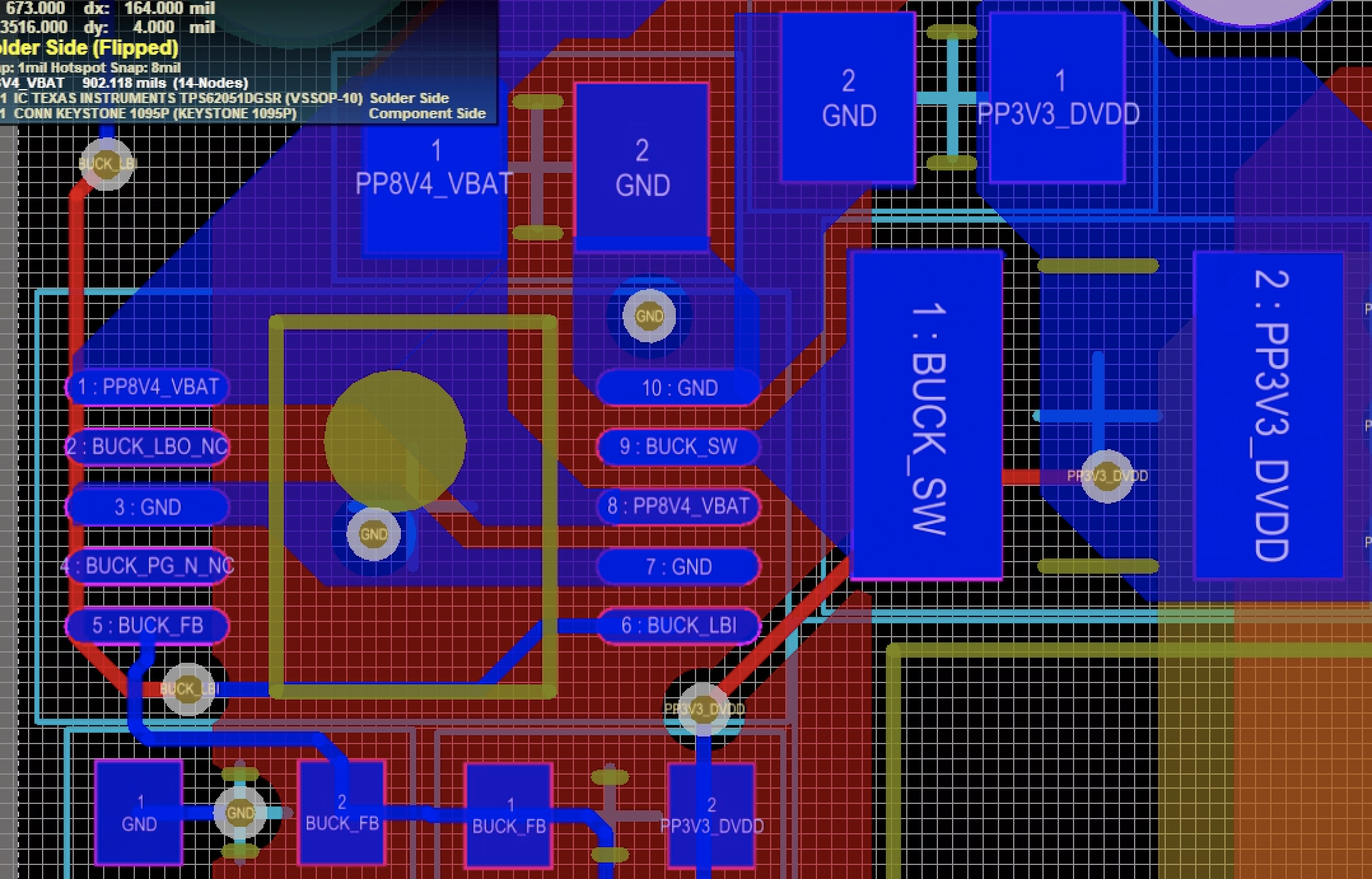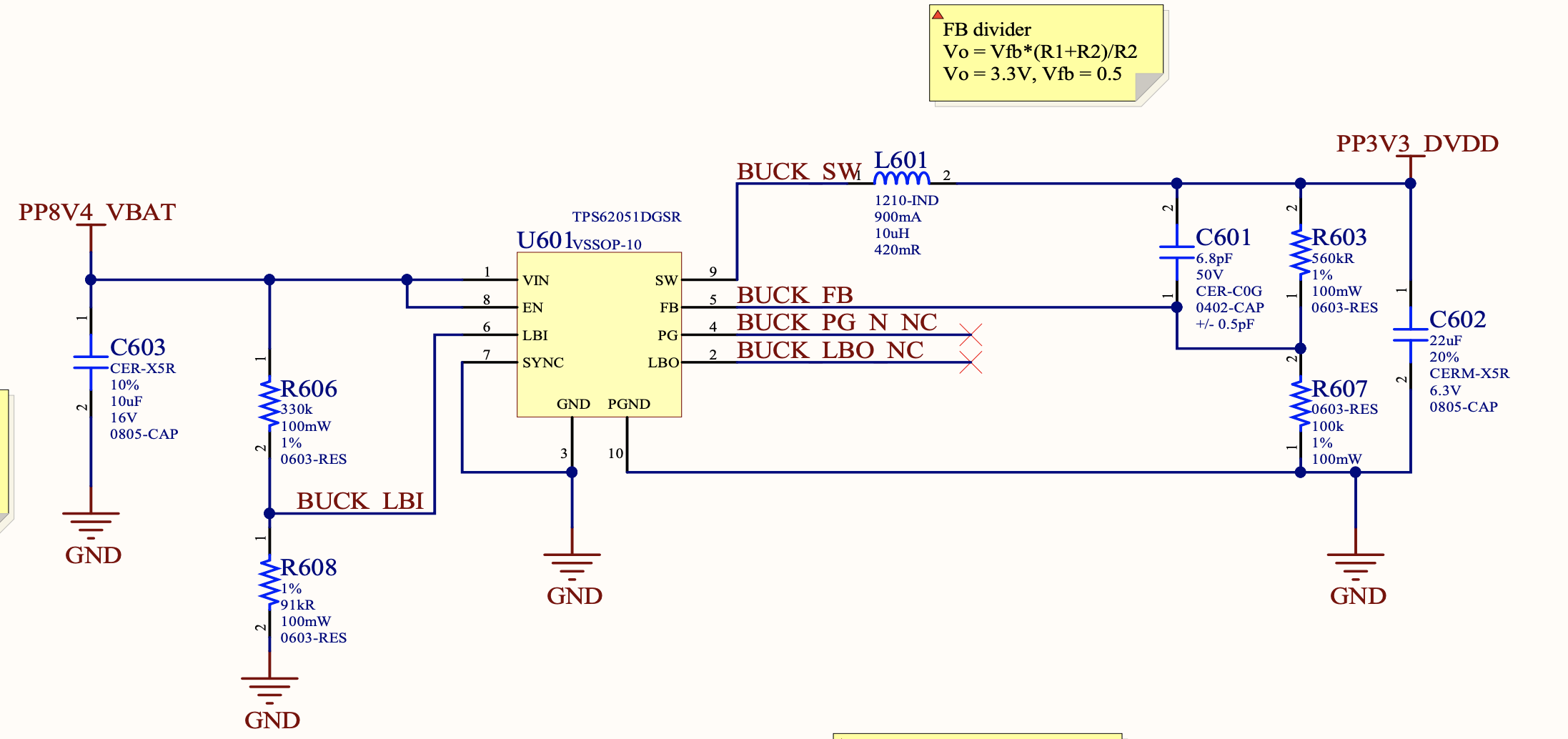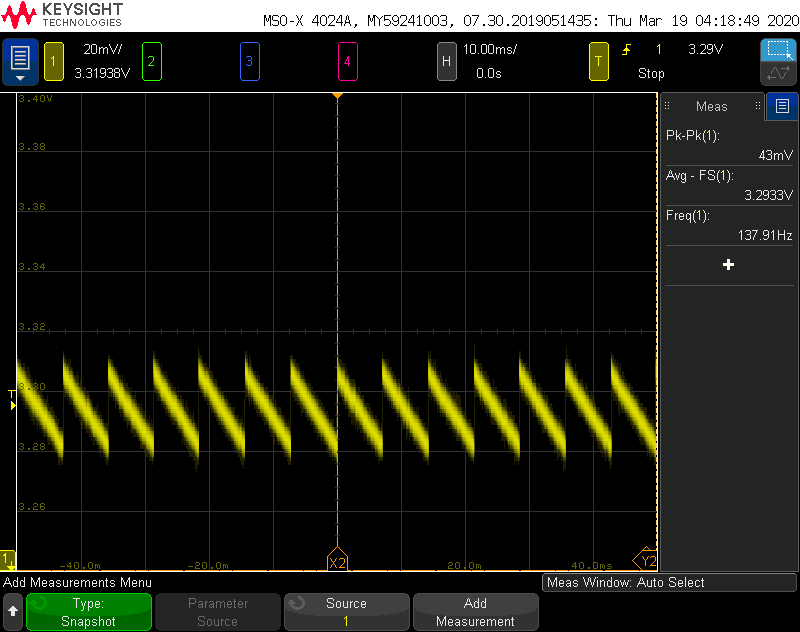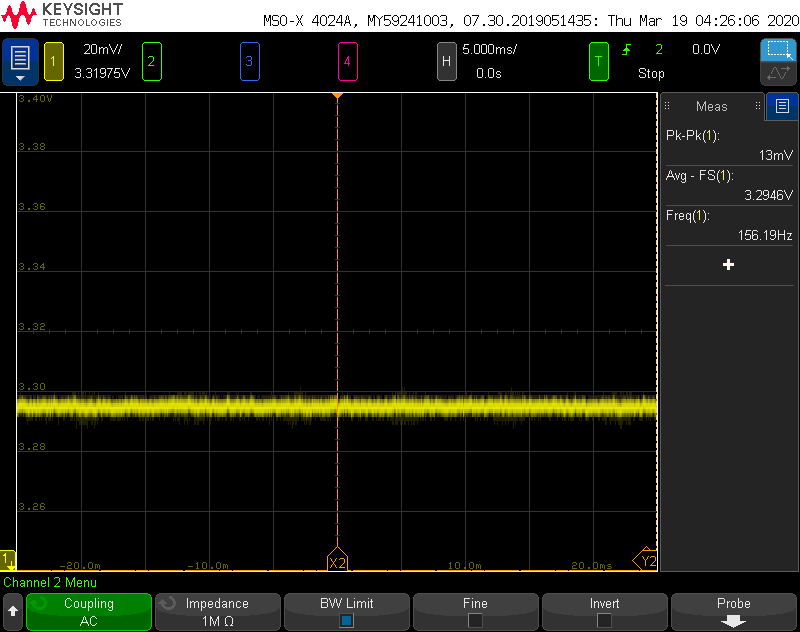When powered on with 7.4V designed to step down to 3.3V (R1 = 560K, R2 = 100K), the part doesn't begin switching and the output follows the input linearly with Vin = 7.4V and Vout = 4.3V. The part may be broken but I wanted to check if this was an issue seen before. I have attached a picture of my layout (I used the reference design in Figure 6 of the datasheet).
-
Ask a related question
What is a related question?A related question is a question created from another question. When the related question is created, it will be automatically linked to the original question.





